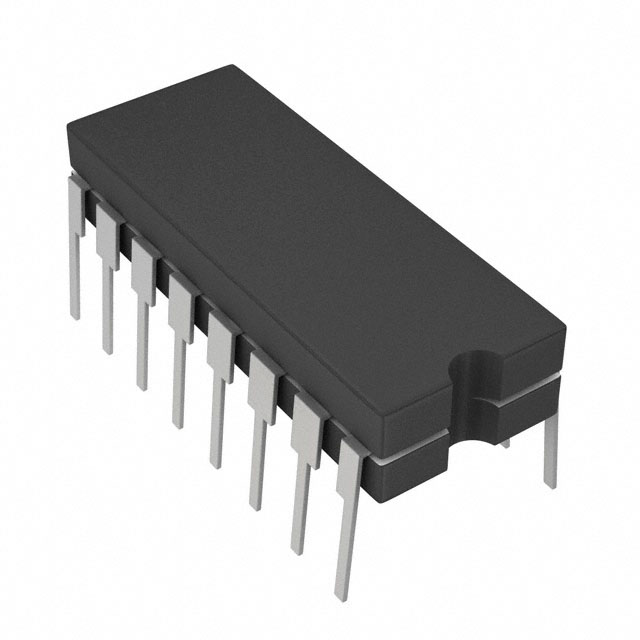10H Series, Shift Registers
Results:
7
Manufacturer
Series
Supplier Device Package
Package / Case
Output Type
Mounting Type
Voltage - Supply
Operating Temperature
Number of Bits per Element
Logic Type
Grade
Function
Qualification
Number of Elements
Results remaining:7
Applied Filters:
10H
About Shift Registers
Shift registers are fundamental logic devices that are widely used to convert data between serial and parallel formats or to shift the position of data bits within a digital word. They are commonly implemented using an array of flip-flops integrated into a single device. While shift registers are often found as components within more complex integrated logic devices, they are also available in discrete form for specific applications such as input/output (I/O) expansion.
One of the primary functions of a shift register is to convert data between serial and parallel formats. In the serial-in/parallel-out mode, data is inputted bit by bit in a sequential manner, and the shift register accumulates the bits until the desired number of bits is received. Once the desired number of bits is reached, the entire data word is available in parallel at the output pins. This parallel output can then be utilized by other components in the system.
Conversely, in the parallel-in/serial-out mode, a complete set of data bits is applied simultaneously to the input pins in parallel. The shift register then shifts out the bits one at a time in a sequential manner at the output pin, effectively converting the parallel data into a serial stream.
Shift registers also have the capability to shift the position of data bits within a digital word. In the serial-in/serial-out mode, data bits are shifted in one at a time and are simultaneously shifted out at the output pin. This shifting operation allows for rearranging the order of the bits within the word.
Additionally, shift registers can be configured to perform other variations such as bidirectional shifting, where data can be shifted both left and right, or circular shifting, where the last bit shifted out re-enters at the input side.
Shift registers are extensively employed in various applications, including data storage, data transmission, and data manipulation. They are especially useful in scenarios where there is a need to interface between systems that use different data formats or to perform serial-to-parallel and parallel-to-serial conversions. Additionally, shift registers can be utilized for I/O expansion, allowing for the connection of multiple devices using a limited number of I/O pins.
In summary, shift registers are versatile logic devices used to convert data between serial and parallel formats and to shift the position of data bits within a digital word. They are implemented using an array of flip-flops and are commonly found in integrated logic devices. However, discrete shift registers are also available for specific applications. Shift registers play a significant role in various fields, enabling data manipulation, storage, and transmission, as well as facilitating I/O expansion.




